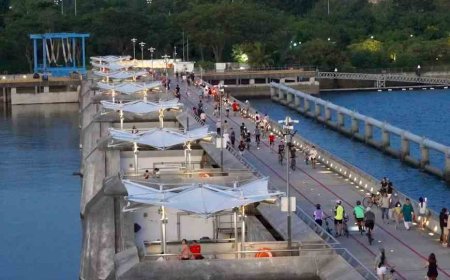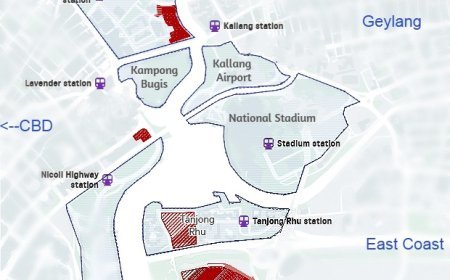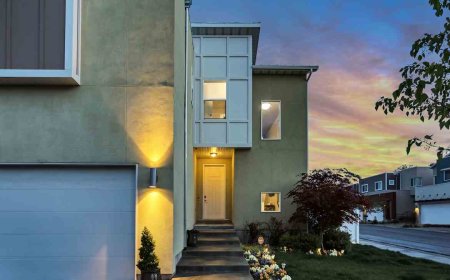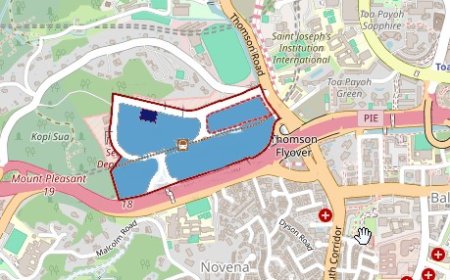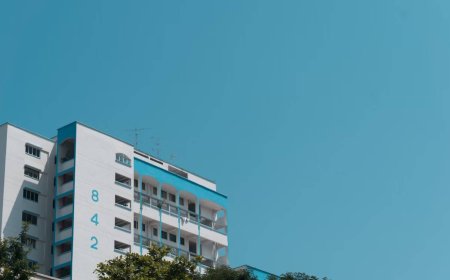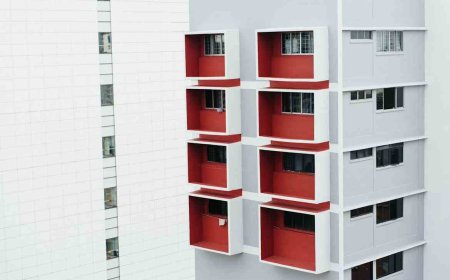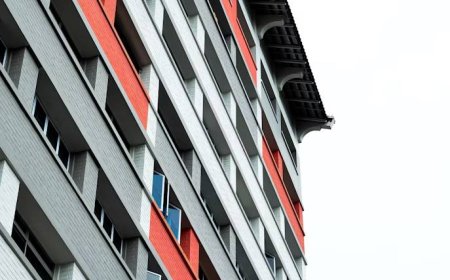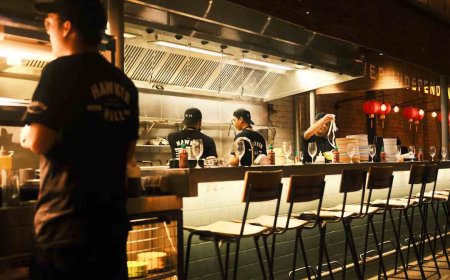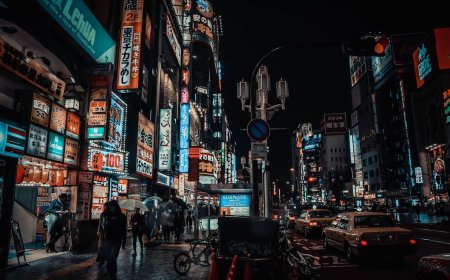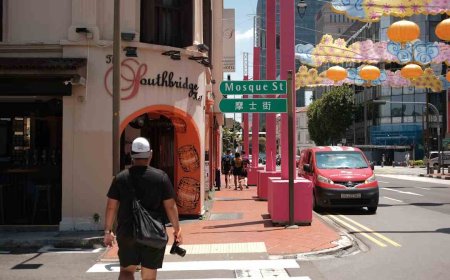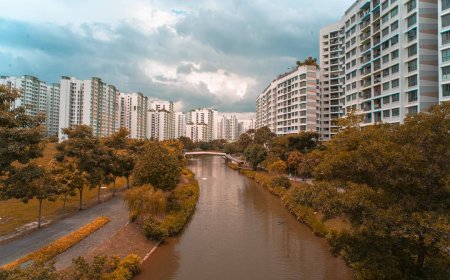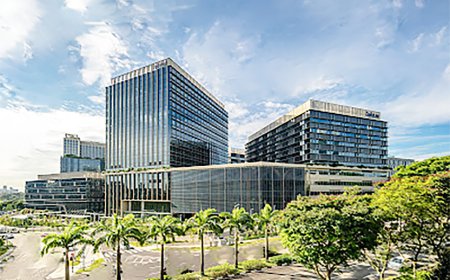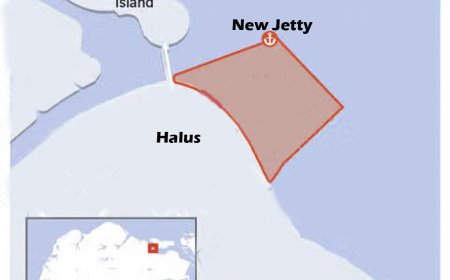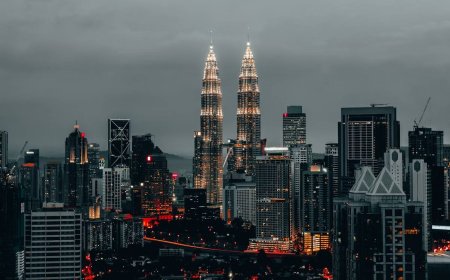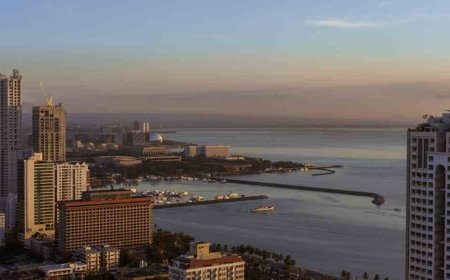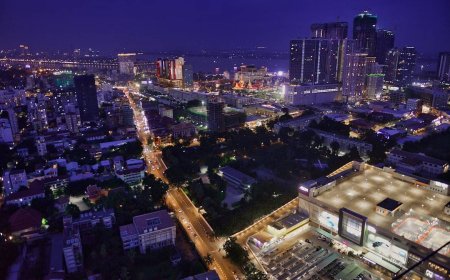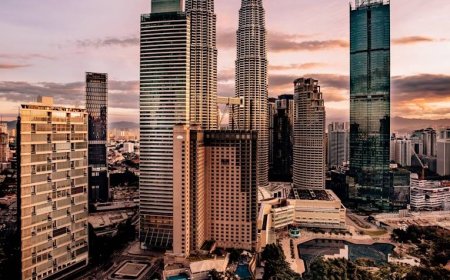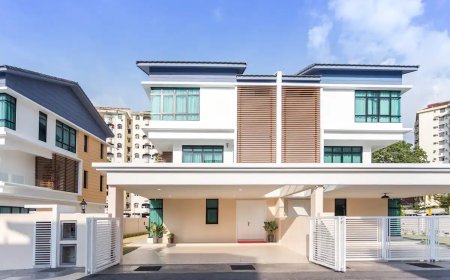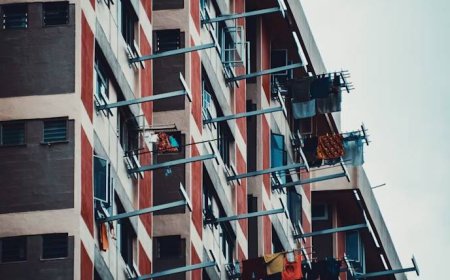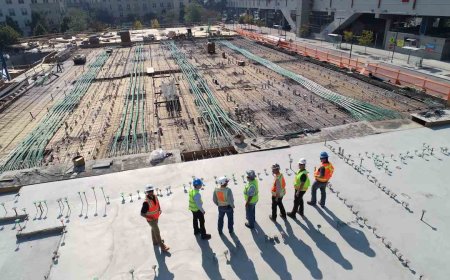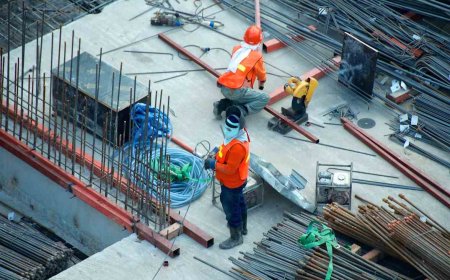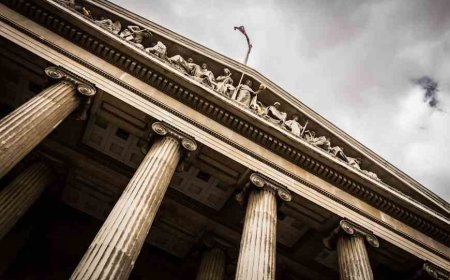JTC to Reclaim 49 Hectares Off Lorong Halus to Support Future Industrial Development
Explore Singapore's upcoming 49-hectare land reclamation project by JTC off Lorong Halus. Learn about its industrial purpose, environmental impact assessment, biodiversity mitigation strategies, and long-term urban planning implications.
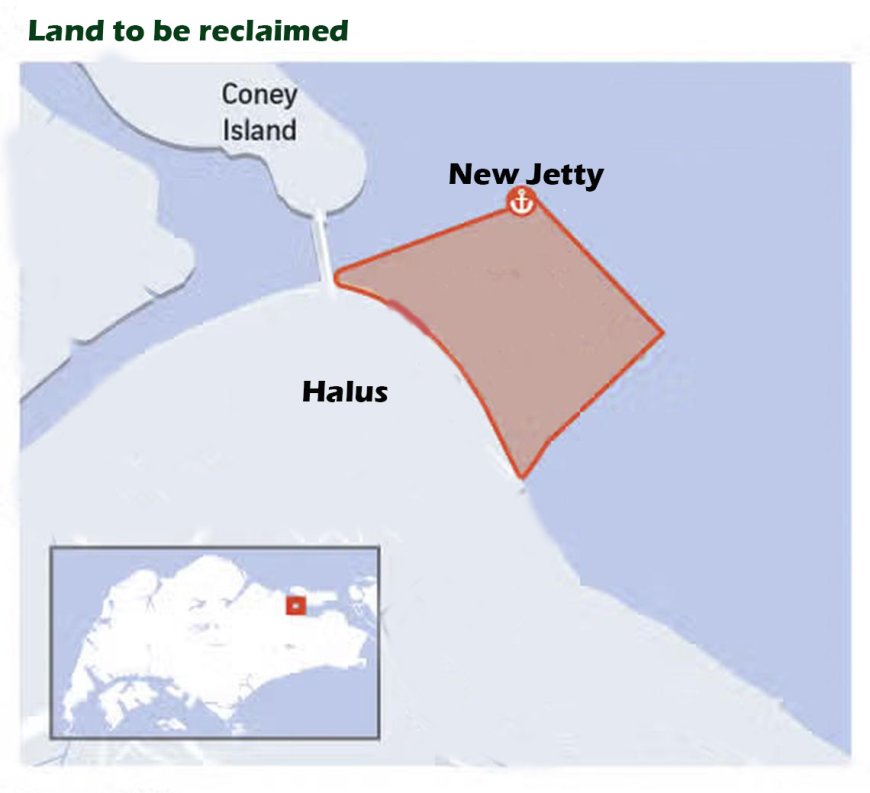
Singapore's industrial landscape is set to expand with plans by JTC Corporation to reclaim approximately 49 hectares of land in the waters off Lorong Halus, located in the Pasir Ris region. This new land parcel has been identified in the Urban Redevelopment Authority's Master Plan as designated for industrial and special-use purposes, reflecting Singapore’s long-term strategy for sustainable urban and industrial growth.
The reclaimed area, equivalent to about 11 Padang fields, will provide essential land resources to meet future industrial demand. This initiative aligns with national goals to optimize limited land availability through strategic coastal reclamation while ensuring the environmental footprint remains minimal.
Strategic Reclamation and Industrial Intent
The proposed reclamation project forms part of broader efforts to ensure Singapore’s readiness for evolving industrial needs. The development will support future business and logistics activities, expanding Pasir Ris Coast Industrial Park and enhancing connectivity to marine operations. Upon completion, the area will feature two new jetties: one along the western boundary with a direct access route from the industrial park, and another southeast of the site to replace existing infrastructure serving fish farms and coastal marine operations.
Although no official date has been set for the commencement of works, the project is currently under detailed review. This includes the environmental impact assessment (EIA) and ongoing public feedback. The finalisation of the development plan and environmental approvals will determine the eventual project timeline.
Environmental Management and Biodiversity Considerations
The environmental impact assessment concluded that the proposed reclamation will have limited ecological disruption. While the project will affect some natural connections between seagrass meadows and mangrove ecosystems, new pathways for ecological interactions may be formed. In particular, stronger currents generated by the new landform are anticipated to enhance the distribution of mangroves around northern and southern Pulau Ubin, while aiding the natural spread of seagrass species.
Importantly, no flora species with high conservation value are expected to be lost along the Lorong Halus and Pasir Ris coastlines. The popular recreational beach at Pasir Ris Park is also unlikely to experience significant changes in sedimentation or erosion due to this project.
JTC has outlined comprehensive mitigation strategies to reduce environmental impact during the construction phase. These include the installation of noise barriers and mufflers to manage sound pollution, use of canvas covers and water sprays to suppress dust emissions, and careful relocation of native fauna identified within the project site. Where possible, land clearance will be minimised to preserve natural habitats.
Nature-based solutions are being evaluated to further promote biodiversity within the reclamation area. Proposals under consideration include adjusting shoreline slopes, enhancing surface texture, and introducing natural crevices to support intertidal marine life. These features aim to restore and potentially improve ecological resilience in the area.
Dugong Protection and Marine Navigation Protocols
Though surveys conducted for the environmental assessment did not record any presence of dugongs in the targeted reclamation zone, precautionary measures will still be implemented. Dugongs are classified as highly vulnerable marine mammals, and their protection remains a priority. Vessel operations near the site will be subject to strict protocols, including reduced speeds within 100 metres of any wildlife sightings and adherence to safe distances until animals have exited the zone naturally.
Historical Context and Future Outlook
This latest reclamation follows earlier efforts in the region, with the original Lorong Halus coastline reclaimed in the 1980s and the southern portion of nearby Coney Island in the 1990s. The upcoming project marks a continuation of Singapore’s coastal development narrative, adapted to current economic and environmental standards.
As Singapore balances industrial expansion with ecological stewardship, the Lorong Halus project exemplifies how integrated planning, environmental science, and urban development can coalesce to support national needs without compromising sustainability.
Algene Toh
Disclaimer: The information presented on BSR2.com is intended for general informational purposes only. It does not constitute legal, financial, investment, or real estate advice and should not be relied upon as such. While every effort has been made to ensure the accuracy, reliability, and completeness of the content at the time of publication, all data is derived from publicly available sources and may be subject to change without notice. BSR2.com makes no representations or warranties of any kind, express or implied, regarding the suitability, timeliness, or accuracy of the information provided for any specific purpose. Users are strongly encouraged to seek independent advice from qualified professionals before making any decisions based on the content found on this website. BSR2.com shall not be held liable for any loss, damage, or consequence, whether direct or indirect, arising from the use of or reliance on the information provided. The content is intended as a general guide and does not take into account individual circumstances.
What's Your Reaction?
 Like
1
Like
1
 Dislike
0
Dislike
0
 Love
0
Love
0
 Funny
0
Funny
0
 Angry
0
Angry
0
 Sad
0
Sad
0
 Wow
0
Wow
0
